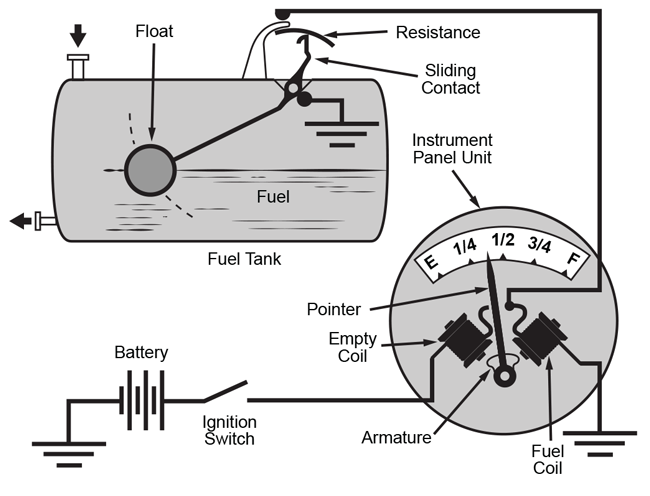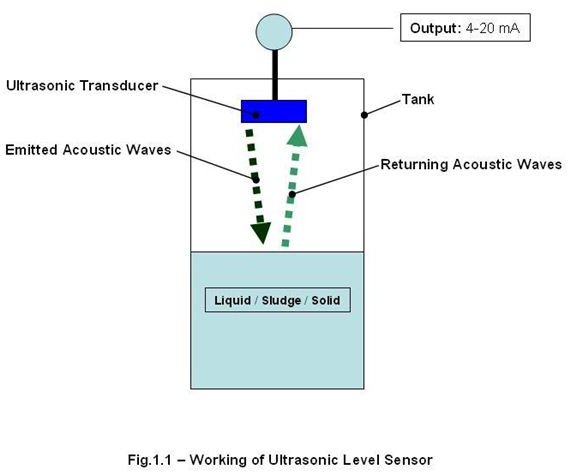Fuel Level Sensor Working Principle

Magnetoresistance type fuel level sensors now becoming common in small aircraft applications offer a potential alternative for automotive use.
Fuel level sensor working principle. They consist of two main components. Fuel level sensors as a part of telematics system is used. Level sensors detect the level of liquids and other fluids and fluidized solids including slurries granular materials and powders that exhibit an upper free surface substances that flow become essentially horizontal in their containers or other physical boundaries because of gravity whereas most bulk solids pile at an angle of repose to a peak. The sensing system itself also known as the sender and the indicator also commonly referred to as the gauge.
The sensor assembly is often. The substance to be measured can be inside a. A float an actuating rod and a resistor. Fuel level sensors is designed for precision fuel level measurement in all kinds of vehicles tanks also in tanks of fixed installations i e gensets and static tanks.
These fuel level sensors work similar to the potentiometer example however a sealed detector at the float pivot determines the angular position of a magnet pair at the pivot end of the float arm. The fuel level sensor principle the fuel level sensor is variation of capacitance between the sensor housing and the induction electrode caused by oil into the container and this changes into the current change detection of oil in the container position height parts. This combination of components sends a variable signal to the fuel gauge or an electronic device a little black box that actuates the fuel gauge. To obtain the reliable information about current fuel volume in vehicle tank.













.jpg)





























